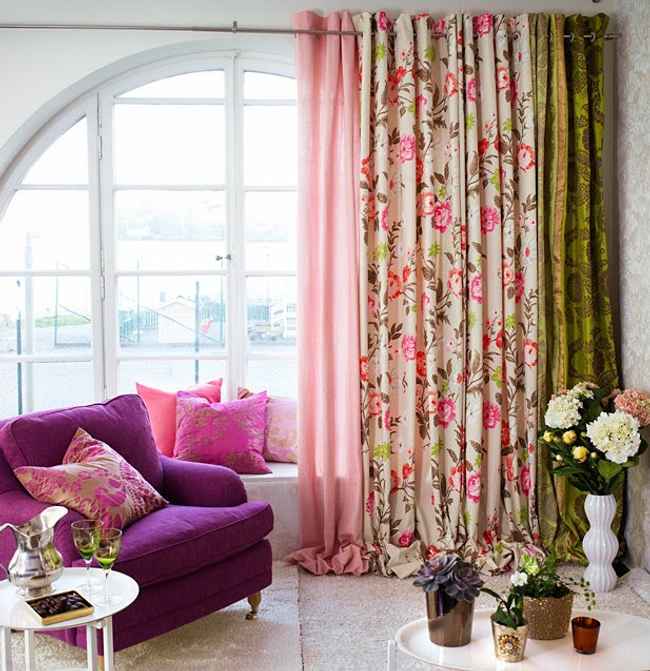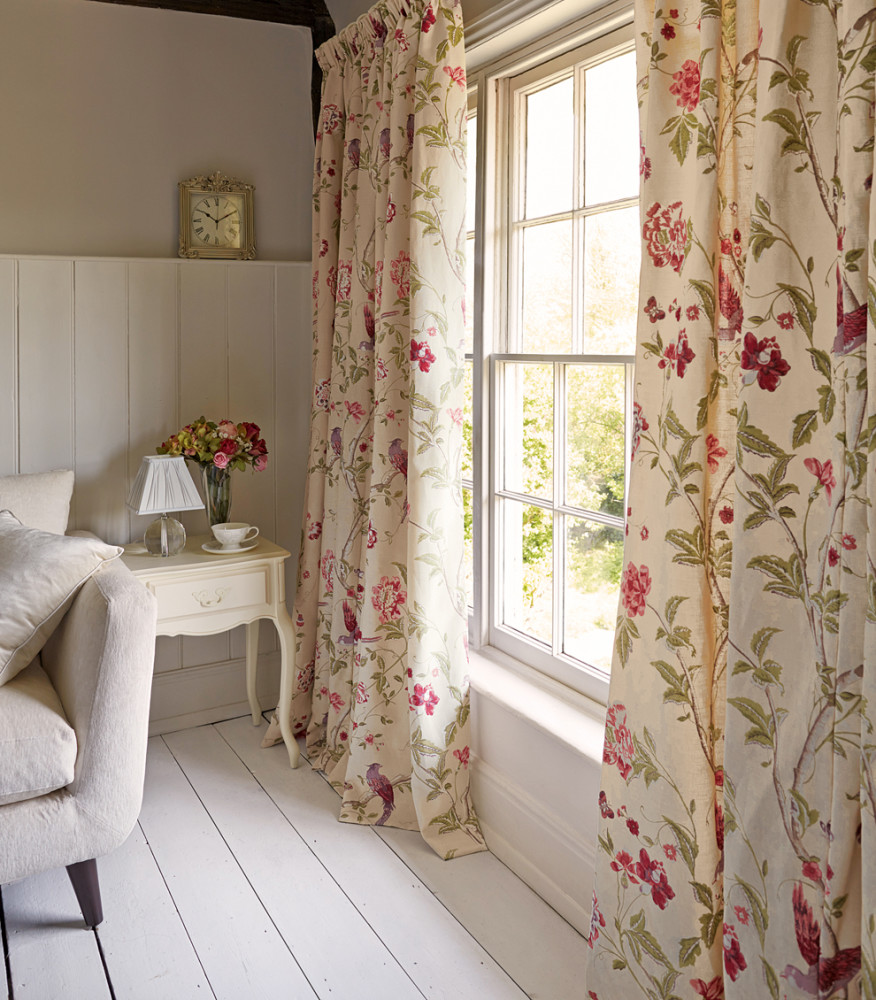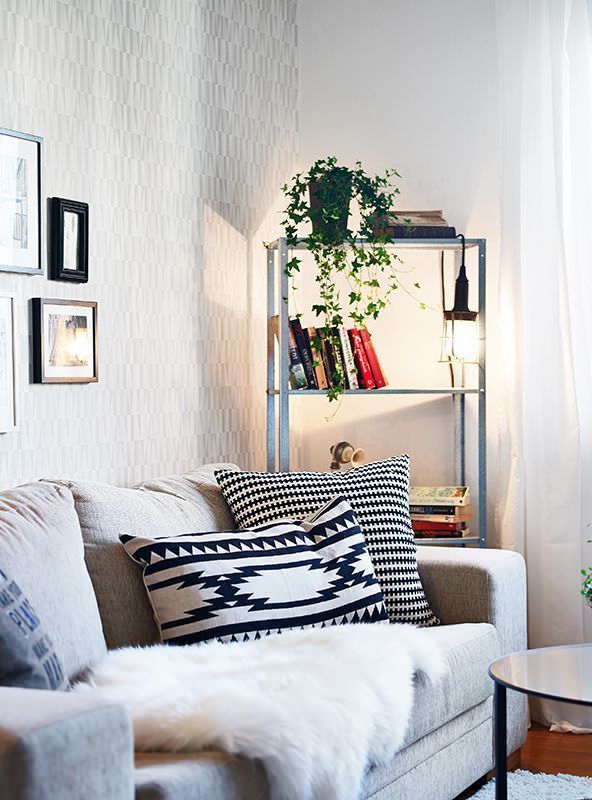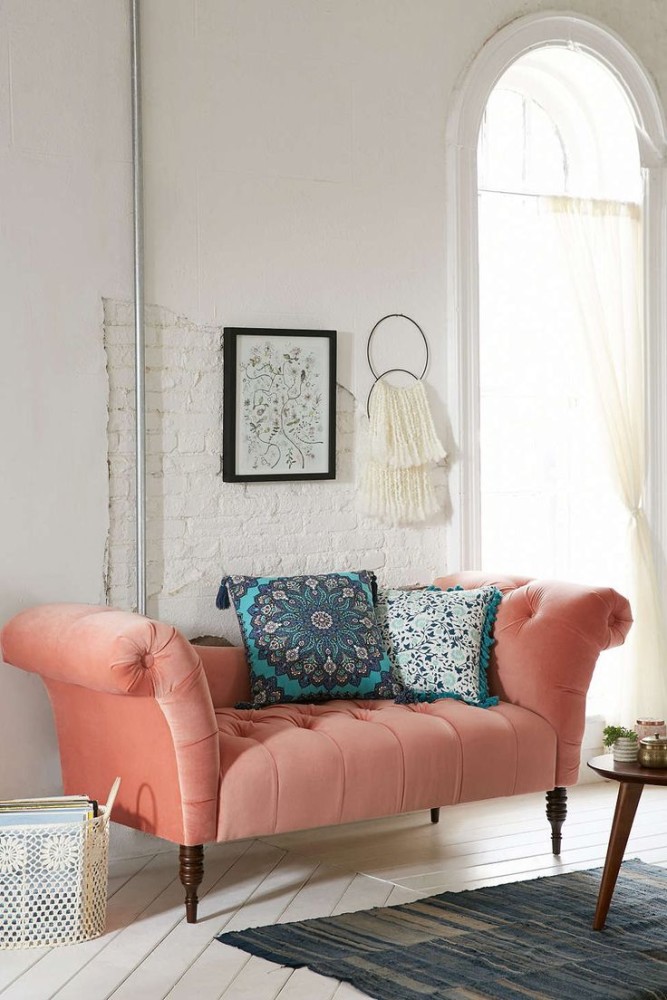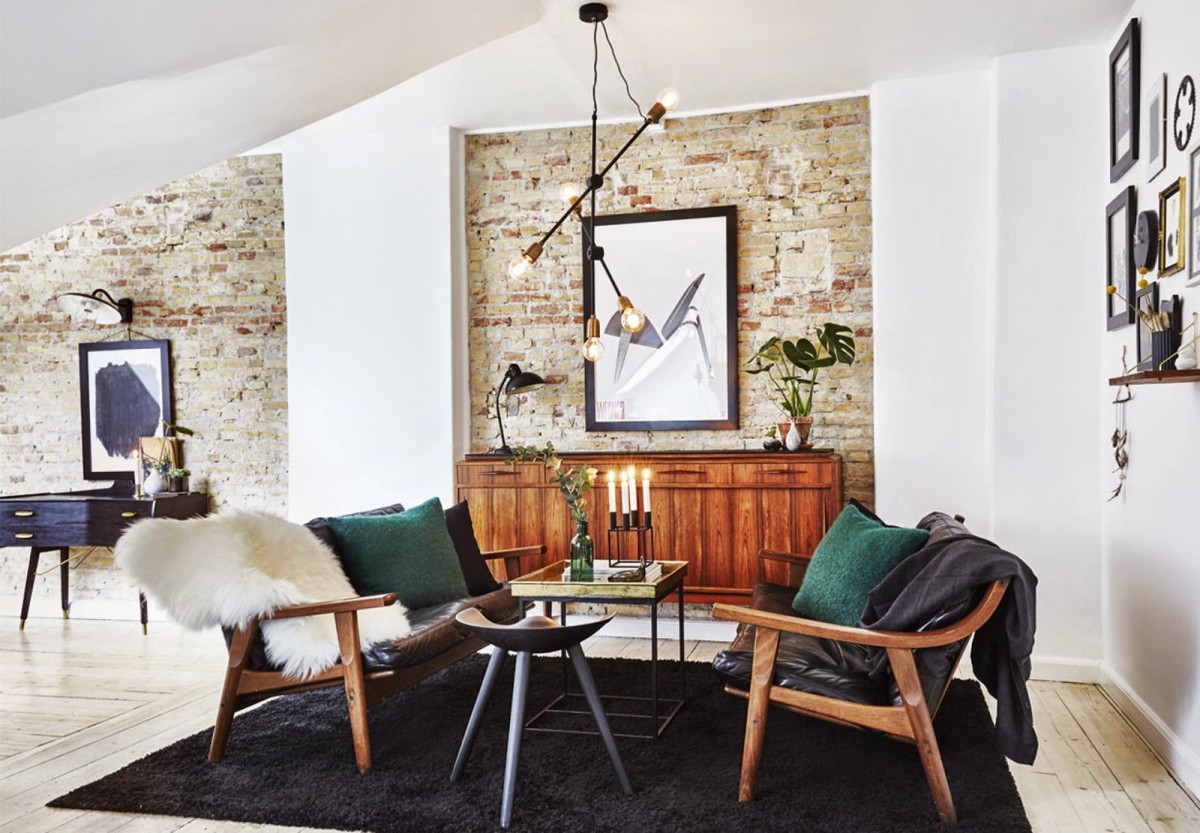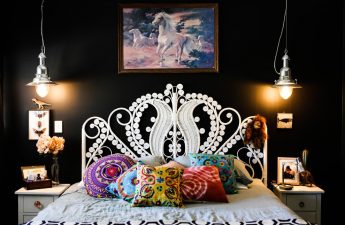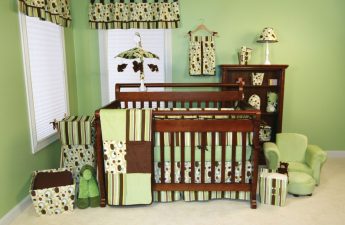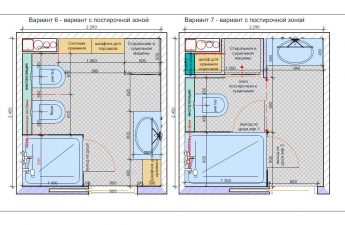What do you use to decide how things will be?the interiors of your house or apartment look like? Intuition? The experience of friends and acquaintances? Are you turning to a professional designer? We will reveal a secret that will help you achieve excellent results on your own. It is enough to know very important and at the same time easy-to-implement laws of mathematical decoration When furnishing a new home or renovating an old one, you think in advance about what wallpaper or paint to choose for the walls in the living room and what plumbing is suitable for the bathroom, where to put the furniture and where to hang the pictures. You want to achieve harmony and comfort, where the result of your work will not irritate you, but on the contrary, will give you rest and peace. What to do? Where to start? We will start with the question: have you often thought about how high you need to hang pictures or posters on the wall, how much space to leave between the sofa and the coffee table, where to put a small rug? And do you even need to think about it? Maybe you should just trust your intuition? Well, no. As it turns out, there are some very clear mathematical calculations that you need to know, and even the most experienced decorators have to remember these basic rules of interior design. By the way,
Curtains and drapes
Curtains block out unnecessary light and provideprivacy, add coziness to the interior of the room. Here is a cheat sheet that you should definitely look at when choosing the size of the curtains for the room:
- 5 cm - the smallest distance from the eaves to the window, but it is even better to attach them under the ceiling;
- 10-25 cm - approximately so much should be leftplaces from the side of the window block to the edge of the cornice on both sides of the window - but it is better to make this distance even more, then the window will appear wider;
- 2 х - drapery must have a width equal to at least double the width of the window;
- 0 cm - the bottom edge of the curtains "does not come off" from the floor - the curtains should always touch it, and even more elegantly they will look if the bottom edge is even lying on the floor (about 5 cm).
Painting and posters
No interior will be harmonious without paintings, photographs or posters on the wall. The following recommendations will help you determine where and how exactly to hang works of art:
- 140-150 cm - approximately this distance measurefrom the floor to the work center (or immediately hang the picture at the eye level), but if you need to place two or more works of art on the wall, solve the problem as if the composition is one object - find the central point of the entire composition and make the previous measurements relative to it;
- 5 cm is the minimum distance between two neighboring paintings or posters;
- 10-20 cm - the optimal distance between the most outstanding upstairs part of the sofa and a work of art hanging on the wall below all.
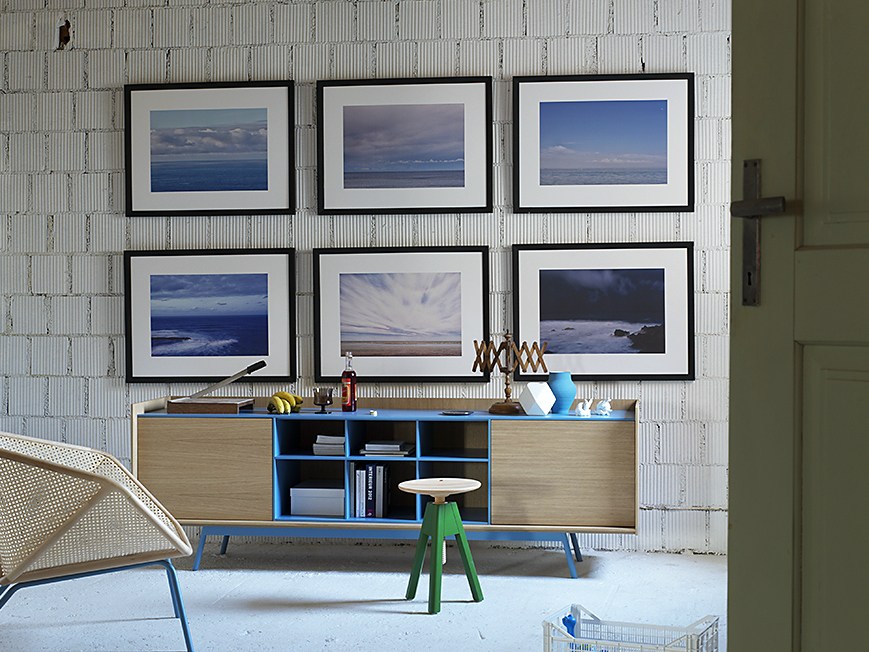

 Our opinion:— Don’t frame your windows with too heavy curtains. Even if you decide to follow the rules of mathematical calculation that we told you about, it won’t save you from a lack of light on cloudy days and will nullify all efforts to arrange a cozy and comfortable room. Too many paintings and an abundance of photographs can also “weigh down” the decor and will soon begin to irritate you.
Our opinion:— Don’t frame your windows with too heavy curtains. Even if you decide to follow the rules of mathematical calculation that we told you about, it won’t save you from a lack of light on cloudy days and will nullify all efforts to arrange a cozy and comfortable room. Too many paintings and an abundance of photographs can also “weigh down” the decor and will soon begin to irritate you.
Lighting
Different interiors require different types of lighting, also placed at different levels throughout the room. Here are some tips to help you best highlight with light:
- 170 cm - the optimum height of the floor lamp;
- 150 cm - the lowest point on which wall sconces should be placed;
- 7,5-15 cm - leave such distance between the wall on the wall and the edge of the mirror or a work of art, single or hanging from the edge of the composition;
- 18 cm is the minimum allowable distance that you need to measure from the floor for the hanging lamp (if it is in the part of the space where you or your guests will be);
- 90 cm - at this distance the switch should be above the floor level. Leave 3-5 cm between the switch and the door box.
Furniture
Furniture arrangement is one of the elements of decor, but many home-grown designers or apartment owners themselves often make mistakes in the arrangement of objects. We will help you eliminate the confusion:
- 145 cm - the optimal distance between the coffee table and the sofa;
- 25-50 cm - the recommended distance between the edges of the rug and the walls in a medium-sized room;
- 90 cm - excellent and easy to move the distance between the wall and furniture;
- 80 cm - reasonable height of the wall panels from the floor level (in a room with a ceiling height of 2 m 45 cm);
- 30 cm - standard shelf depth for books (38 cm - for shelves for oversized art books);
- 100 cm - at this distance it is better to place chairs in a row in a large living room;
- 50 cm - distance for the same chairs, but standing in a row in a small living room.
Color and pattern
When it comes to color and pattern foryour interior, it is difficult to subject this choice to any rules. It is in such a case that it is important to trust your instincts. If you still have problems at this stage, two recommendations will help:
- 60% - this volume should occupy the main color ininterior (usually the color of the walls). Choose two additional shades (15% each) for the rest of the space and another bright accent (10%) to add a twist;
- 3 - the ideal number of patterns of one pattern for indoor use - blend the scales using one large, one medium and one small.
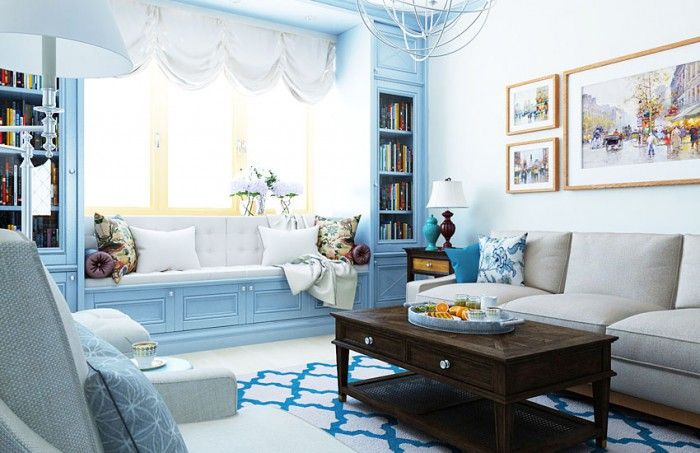
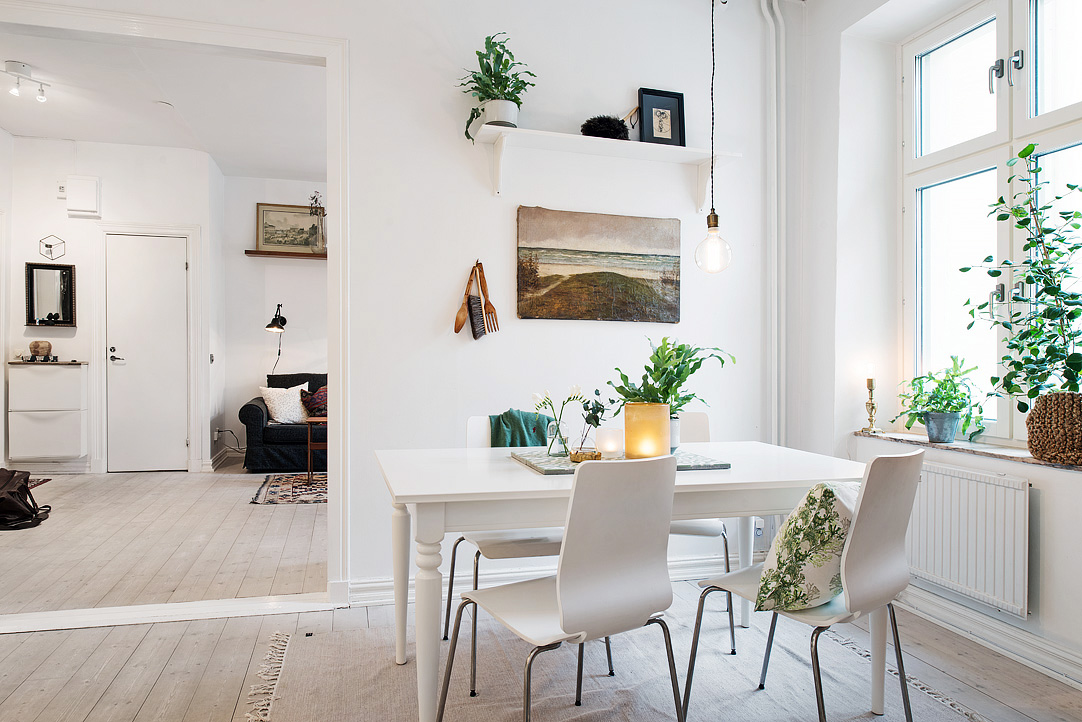
 Our opinion:— The above figures are a recommendation, not a dogma. When decorating any room, it is important to trust your own eyes and intuition. If you break some of these rules, but feel that you have created something outstanding, said a new word in interior design — do not change your decision. You create the rules yourself.
Our opinion:— The above figures are a recommendation, not a dogma. When decorating any room, it is important to trust your own eyes and intuition. If you break some of these rules, but feel that you have created something outstanding, said a new word in interior design — do not change your decision. You create the rules yourself.

